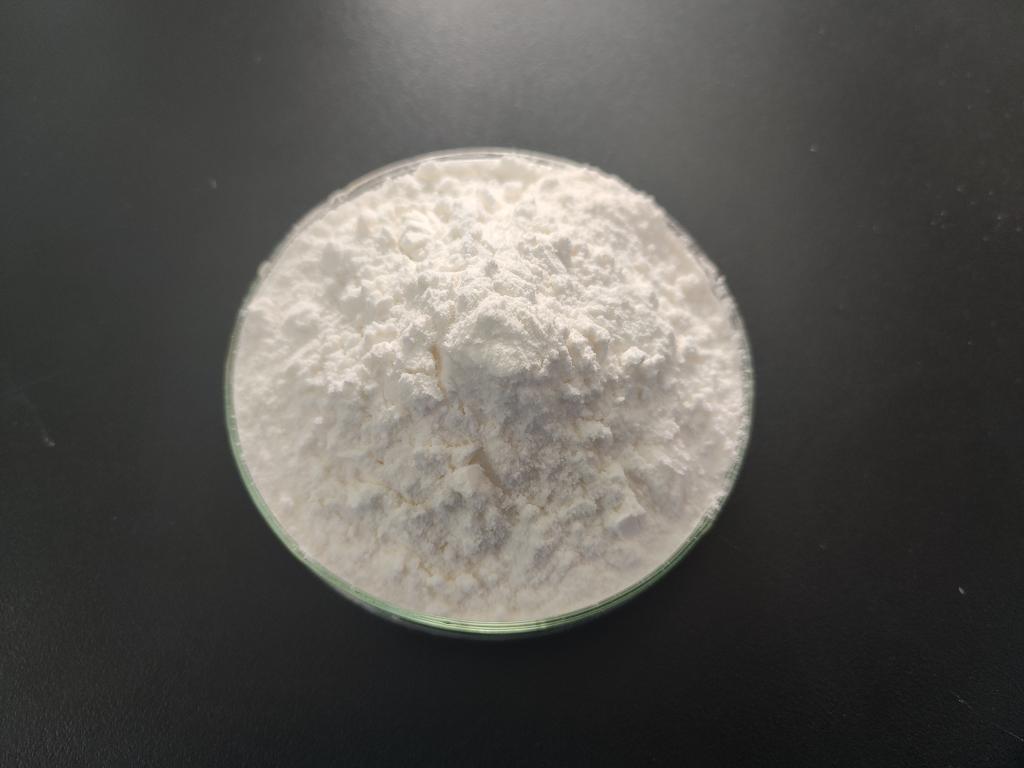Tel:+8618231198596

News
 CONTACT
CONTACT
 CONTACT
CONTACT
- Linkman:Linda Yao
- Tel: +8618231198596
- Email:linda.yao@dcpharma.cn
- Linkman:CHARLES.WANG
- Department:Overseas
- Tel: 0086 0311-85537378 0086 0311-85539701
News
Exploring the cost-effectiveness of ε-Polylysine hydrochloride in large-scale food production.
TIME:2024-09-13
Introduction
The food industry continuously seeks effective and economical methods to ensure the safety and quality of products. Natural preservatives, such as ε-Polylysine hydrochloride (ε-PL), offer a promising alternative to traditional chemical preservatives. ε-PL's antimicrobial properties make it an attractive candidate for large-scale food production, particularly in extending the shelf life of perishable items. However, the cost-effectiveness of implementing ε-PL must be evaluated alongside its benefits to determine its viability in commercial settings.
Cost-Effectiveness Analysis
To assess the cost-effectiveness of ε-PL, several factors need to be considered:
Production Costs The cost of producing ε-PL includes raw materials, energy, labor, and capital investments. Since ε-PL is synthesized through microbial fermentation, economies of scale can be achieved with larger production volumes. However, the initial investment in specialized equipment and facilities may be substantial.
Formulation and Application Costs The method of incorporating ε-PL into food products can influence its overall cost. Direct addition to the food matrix, spray drying for powder form, or encapsulation for controlled release all carry different costs. Optimizing the formulation can reduce the amount required, thus lowering expenses.
Regulatory Compliance Compliance with food safety regulations adds to the cost of using any preservative. The approval process for ε-PL varies by region and can incur additional costs related to testing, documentation, and registration fees.
Operational Efficiency The ease of integrating ε-PL into existing production lines affects operational costs. A preservative that can be seamlessly incorporated without major modifications to current processes is more cost-effective.
Economic Benefits of ε-Polylysine Hydrochloride
Despite the initial investment, ε-PL offers several economic benefits that can offset its costs:
Reduced Spoilage and Waste By inhibiting the growth of spoilage microorganisms, ε-PL extends the shelf life of food products, reducing waste and associated losses. This benefit is particularly significant in perishable goods like dairy products, meat, and fresh produce.
Increased Product Shelf Life Extended shelf life means that products can be transported over longer distances, opening up new markets and reducing the frequency of restocking. This can lead to lower transportation costs and improved inventory management.
Enhanced Consumer Trust and Brand Value Consumers increasingly prefer products with natural preservatives over those with synthetic additives. Using ε-PL can enhance brand perception and potentially command premium pricing, thereby increasing revenue.
Potential for Reduced Insurance Premiums Improved food safety through the use of ε-PL can lead to fewer recalls and lawsuits, resulting in lower insurance premiums and better financial performance.
Strategies for Optimizing Cost-Effectiveness
To maximize the cost-effectiveness of ε-PL in large-scale food production, consider the following strategies:
Bulk Purchasing and Long-Term Contracts Negotiating bulk purchasing agreements or entering into long-term contracts with suppliers can secure lower prices and stabilize costs over time.
Process Integration Designing production processes that efficiently integrate ε-PL can reduce labor and material costs. For example, automating the addition of ε-PL to the food matrix can streamline operations and minimize errors.
Research and Development Investing in R&D to develop more cost-effective production methods for ε-PL or to discover synergistic combinations with other natural preservatives can lead to significant cost savings.
Collaborative Partnerships Collaborating with academic institutions or research organizations can provide access to cutting-edge technology and expertise, potentially reducing R&D costs and accelerating innovation.
Conclusion
The cost-effectiveness of ε-Polylysine hydrochloride in large-scale food production depends on a balance between initial investment costs and the economic benefits derived from enhanced food safety and quality. By strategically addressing production, formulation, regulatory compliance, and operational aspects, food manufacturers can optimize the use of ε-PL, making it a viable and cost-effective option. Continued advancements in technology and production techniques, coupled with supportive regulatory frameworks, will further enhance the feasibility of ε-PL as a natural preservative in the global food industry.
- Tel:+8618231198596
- Whatsapp:18231198596
- Chat With Skype







